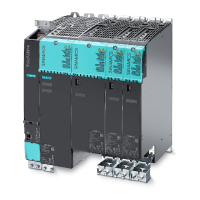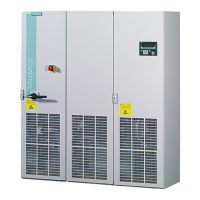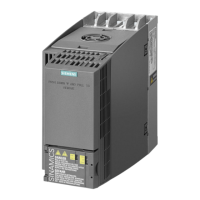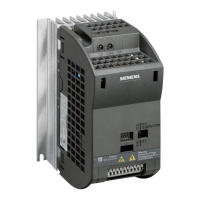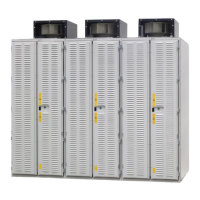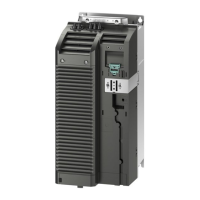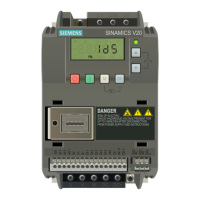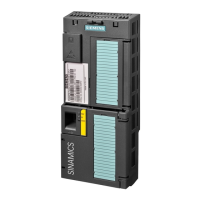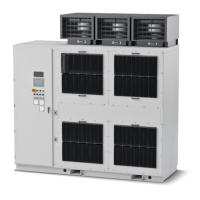Line connection and line-side power components
3.3 Overcurrent protection by means of line fuses and circuit breakers
Booksize Power Units
52 Manual, (GH2), 07/2016, 6SL3097-4AC00-0BP8
Table 3- 3 Line fuses and circuit breakers for Smart Line Modules booksize and booksize compact
1)
LV HRC line fuse 3NA3 805 3NA3 814 3NA3 814 3NA3 824 3NA3 132
Circuit breaker
3RV2021-4BA10 3RV1031-4FA10 3RV1031-4FA10 3RV1041-4LA10 3VL2712-1DC33
2)
For applications according to IEC, equivalent fuses and circuit breakers are permissible.
2)
Type AJT Class J, source: Mersen company (previously Ferraz Shawmut)
If used in conjunction with a residual-current monitor (RCM), circuit breakers providing an
"undervoltage tripping" option must be used, with the following suffixes added to the Article
numbers:
...-2AJ0 for 380 VAC - 415 VAC
...-2AK0 for 440 VAC - 480 VAC
Danger to life through electric shock as well as fire hazard due to overcurrent protective
devices that trip too late
Overcurrent protective devices that do not trip or trip too late can cause an electric shock or
fire.
• To protect personnel and for fire protection purposes, at the infeed point, the short-
circuit rating and loop impedance must correspond to the specifications in the
documentation in order for the installed overcurrent protection devices to trip within the
specified time.
• In addition to suitable overcurrent protection devices, in TT line systems use ground-
fault circuit interrupters (residual current devices - RCD); from an infeed power of 55 kW
or for plants and systems extending over a wide area, in addition also use differential
current monitoring devices (residual current monitors - RCM).
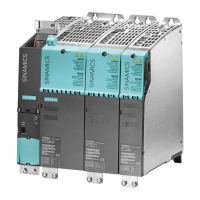
